In the evolving landscape of energy solutions for transportation, understanding the distinctions between Liquid Natural Gas (LNG) and propane is crucial for businesses aiming to optimize their fleet’s efficiency and sustainability. At CarMax Vehicle, we specialize in manufacturing semi-trailers equipped to handle various fuel types, ensuring our partners stay ahead in the competitive logistics sector. This guide delves into the fundamental differences between LNG and propane, their applications, advantages, and considerations for your fleet’s fuel strategy.
Table of Contents
- Introduction to LNG and Propane
- Chemical Composition and Properties
- Production and Supply Chain
- Storage and Handling Requirements
- Energy Density and Efficiency
- Environmental Impact and Sustainability
- Economic Considerations
- Applications in Semi-Trailers
- Safety Measures and Regulations
- Future Trends in Fuel Technologies
- Choosing the Right Fuel for Your Fleet
- Frequently Asked Questions
Introduction to LNG and Propane
As the transportation industry seeks alternatives to traditional diesel fuels, LNG and propane emerge as viable options. Both are hydrocarbons but differ significantly in their chemical makeup, storage requirements, and applications. Understanding these differences is essential for making informed decisions about fuel choices for semi-trailers.

Chemical Composition and Properties
LNG (Liquid Natural Gas)
- Composition: Primarily methane (CH₄), with small amounts of ethane, propane, and other hydrocarbons.
- State: Cryogenic liquid at approximately -162°C (-260°F).
- Energy Content: Approximately 55 MJ/kg.
Propane
- Composition: Propane (C₃H₈), a component of liquefied petroleum gas (LPG).
- State: Can be stored as a liquid under moderate pressure or at ambient temperatures in pressurized containers.
- Energy Content: Approximately 50.35 MJ/kg.
| Property | LNG | Propane |
|---|---|---|
| Main Component | Methane (CH₄) | Propane (C₃H₈) |
| State at STP | Gas | Vapor or Liquid |
| Boiling Point | -162°C (-260°F) | -42°C (-44°F) |
| Energy Density | 55 MJ/kg | 50.35 MJ/kg |
| Storage Pressure | Atmospheric (cryogenic tanks) | ~8.6 bar (standard cylinders) |

Production and Supply Chain
LNG Production
LNG is produced through the liquefaction of natural gas, involving cooling the gas to liquid form for easier storage and transportation. The supply chain includes extraction, processing, liquefaction, transportation via specialized LNG carriers, and regasification at the point of use.
Propane Production
Propane is a byproduct of natural gas processing and petroleum refining. It is separated from other hydrocarbons during these processes and then stored and transported in pressurized tanks. Propane supply chains are more established in certain regions, with widespread distribution networks facilitating easy access.

Storage and Handling Requirements
LNG Storage
- Temperature: Requires cryogenic storage tanks to maintain the liquid state.
- Infrastructure: Specialized facilities are necessary for handling LNG due to its extremely low temperature.
- Safety: Proper insulation and leak detection systems are critical to prevent rapid vaporization and potential hazards.
Propane Storage
- Temperature and Pressure: Stored in pressure vessels at ambient temperatures, making storage systems simpler and less costly compared to LNG.
- Infrastructure: More versatile storage options, including portable cylinders and bulk tanks.
- Safety: Adequate ventilation and pressure regulation are essential to mitigate risks associated with propane leaks.

Energy Density and Efficiency
LNG
LNG offers a higher energy density by volume compared to compressed natural gas (CNG) but still generally lower than diesel fuel. Its higher energy content makes it suitable for long-haul applications where refueling infrastructure is available.
Propane
Propane has a slightly lower energy density compared to LNG, but its ease of storage and handling can lead to operational efficiencies. It’s often used in lighter-duty applications or as an auxiliary fuel in mixed fleets.
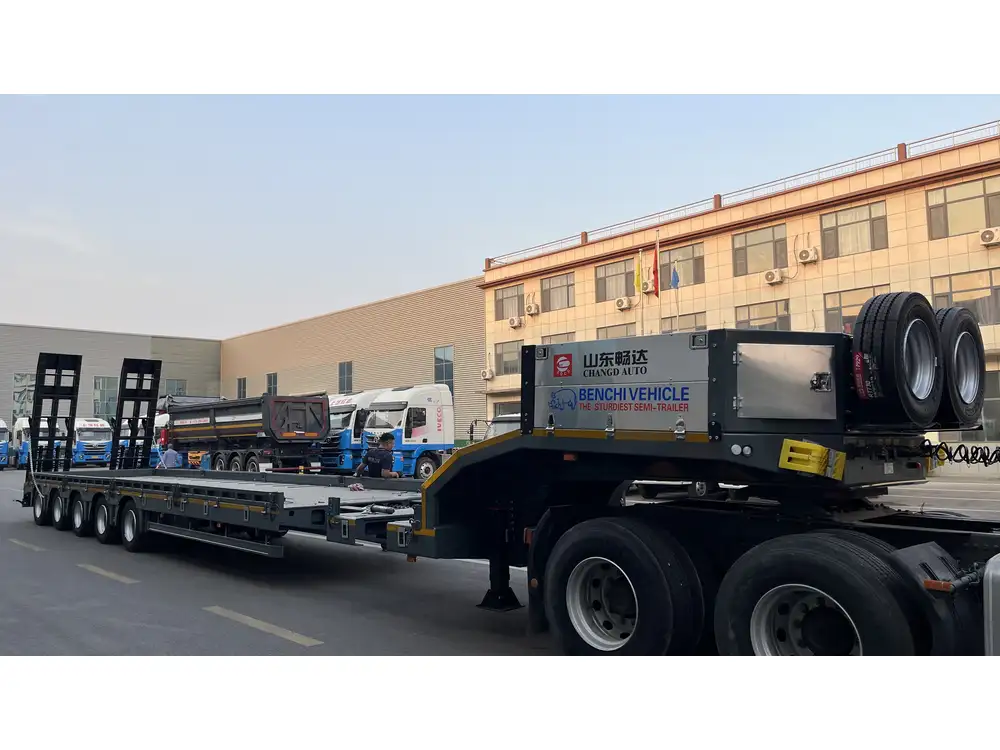
Environmental Impact and Sustainability
LNG
- Emissions: Burns cleaner than diesel, producing lower levels of greenhouse gases and pollutants like NOx and particulate matter.
- Carbon Footprint: Lower overall carbon emissions make LNG a more sustainable option for reducing fleet environmental impact.
Propane
- Emissions: Also burns cleaner than diesel, with even lower CO₂ emissions compared to LNG.
- Renewability: Propane is a byproduct of fossil fuel extraction, so its sustainability depends on the broader shifts towards renewable energy sources.

Economic Considerations
LNG
- Fuel Costs: Generally competitive with diesel prices, depending on regional markets and availability.
- Infrastructure Investment: Higher initial costs for storage and refueling infrastructure can be a barrier.
- Total Cost of Ownership: Potential for lower operational costs over time due to fuel efficiency and lower emissions-related fees.
Propane
- Fuel Costs: Often less expensive than diesel in regions with established LPG markets.
- Infrastructure: Lower setup costs make propane an attractive option for fleet operators looking to switch from diesel without significant capital expenditure.
- Operational Flexibility: Easier to scale and integrate into existing fleets, reducing overall transition costs.
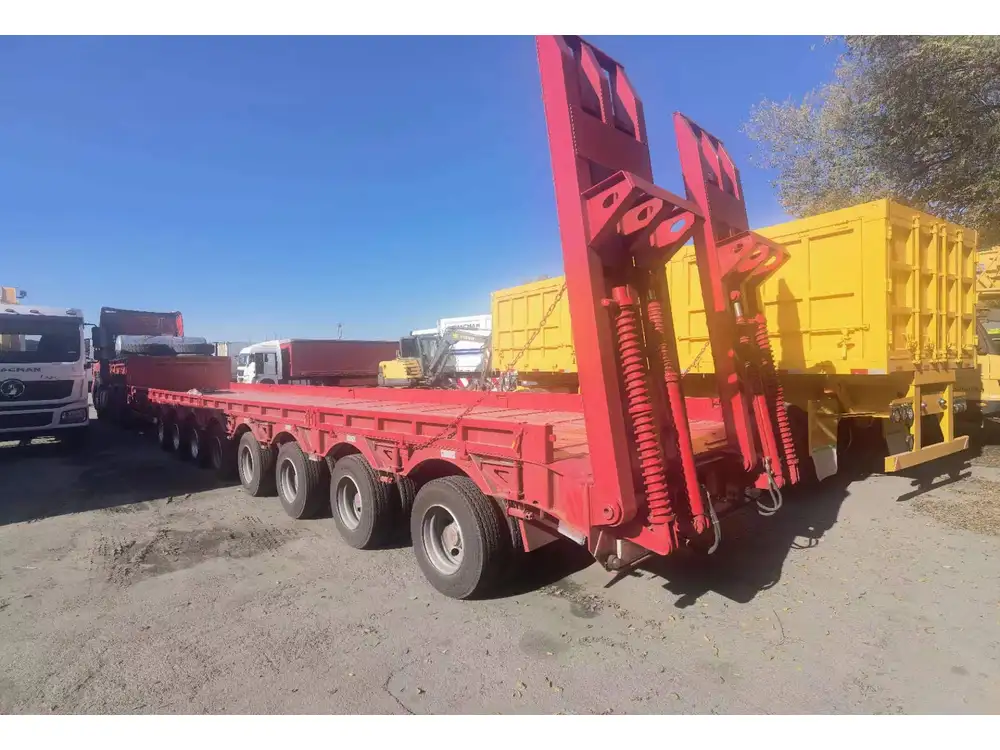
Applications in Semi-Trailers
At CarMax Vehicle, our semi-trailers are engineered to accommodate both LNG and propane, providing flexibility to our clients based on their specific needs and regional fuel availability.
LNG-Powered Semi-Trailers
- Long-Distance Hauling: Ideal for interstate and cross-border logistics where LNG refueling stations are accessible.
- Fleet Sustainability: Enhances the environmental profile of a fleet, appealing to eco-conscious clients and regulatory compliance.
Propane-Powered Semi-Trailers
- Regional Distribution: Suited for short to medium-haul routes with readily available propane refueling infrastructure.
- Operational Efficiency: Quick refueling times and lower storage costs support daily logistics operations without significant downtime.

Safety Measures and Regulations
LNG Safety
- Handling Protocols: Strict adherence to safety standards for storage, transportation, and refueling to prevent leaks and accidents.
- Regulatory Compliance: Compliance with international and local regulations governing the use of LNG as a fuel, including transportation safety and emissions standards.
Propane Safety
- Leak Prevention: Implementation of advanced detection systems to identify and address leaks promptly.
- Storage Regulations: Adherence to building codes and safety regulations for propane storage facilities and transportation vehicles.
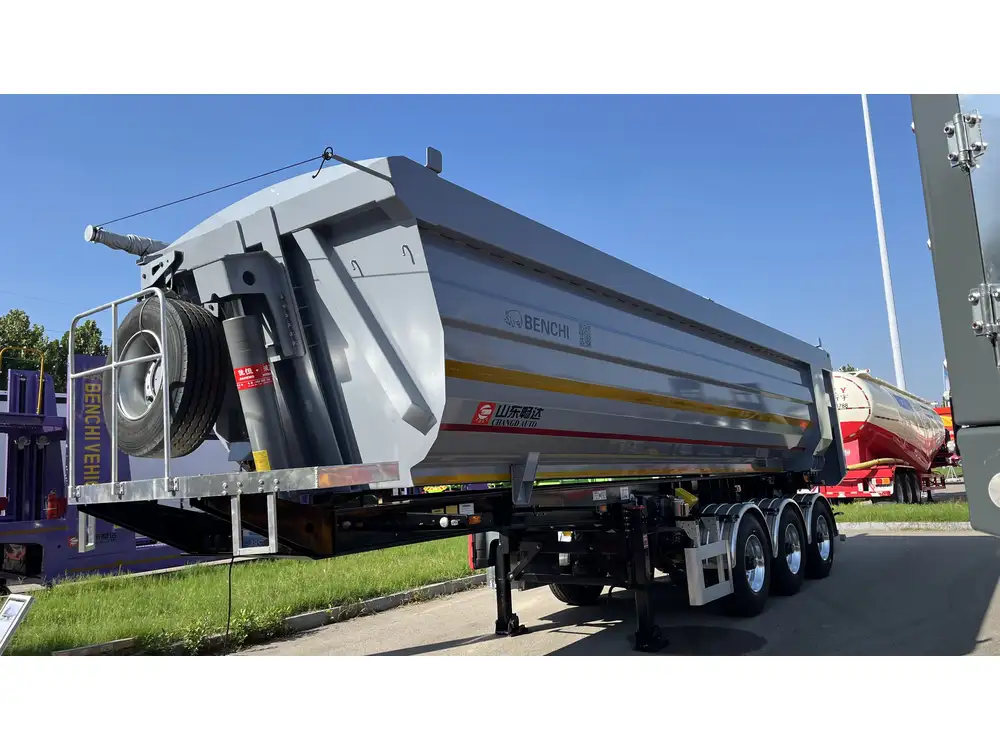
Future Trends in Fuel Technologies
Advancements in LNG
- Improved Infrastructure: Ongoing investments in LNG refueling networks to support expanding fleet requirements.
- Technological Innovations: Enhanced storage solutions and engine efficiencies to maximize LNG’s potential as a transport fuel.
Developments in Propane
- Hybrid Systems: Integration of propane with other alternative fuels to create hybrid propulsion systems for increased efficiency.
- Sustainable Propane: Exploration of bio-propane and renewable propane sources to further reduce environmental impact.

Choosing the Right Fuel for Your Fleet
Selecting between LNG and propane depends on various factors, including route distance, fuel availability, initial investment capacity, and environmental goals. CarMax Vehicle offers expert consultation to help fleet operators assess their specific needs and implement the most effective fuel strategy.
Key Considerations
- Route Analysis: Determine the primary routes and availability of LNG or propane refueling stations.
- Operational Scale: Evaluate fleet size and the feasibility of integrating new fuel types without disrupting current operations.
- Financial Assessment: Analyze the total cost of ownership, including fuel costs, infrastructure investment, and potential savings from operational efficiencies.
- Environmental Goals: Align fuel choices with sustainability targets and regulatory requirements to enhance corporate social responsibility.
Frequently Asked Questions
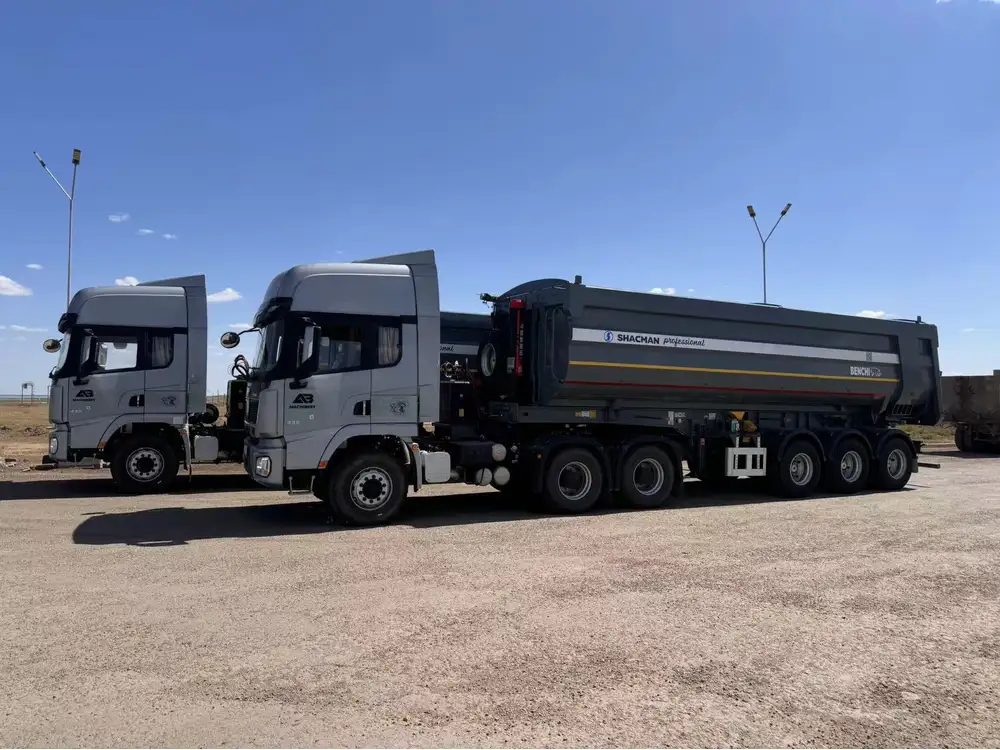
1. Is LNG safer to use than propane for semi-trailers?
Both LNG and propane have rigorous safety protocols to minimize risks. LNG requires cryogenic storage and handling, which necessitates specialized equipment and training. Propane, while easier to store, operates under pressure and requires robust containment systems. The safety of either fuel largely depends on adherence to established guidelines and proper maintenance of equipment.
2. Can existing semi-trailers be retrofitted to use LNG or propane?
Yes, many semi-trailers can be retrofitted to accommodate LNG or propane fuel systems. However, the feasibility depends on the trailer’s current design, the availability of retrofit kits, and compliance with safety standards. Consulting with manufacturers like CarMax Vehicle ensures that retrofits are performed safely and efficiently.
3. What are the main advantages of using LNG over propane for truck fleets?
LNG generally offers higher energy density and lower carbon emissions compared to propane, making it suitable for long-haul operations where fuel efficiency and environmental impact are paramount. Additionally, LNG’s global market presence supports broader regional availability for international logistics.
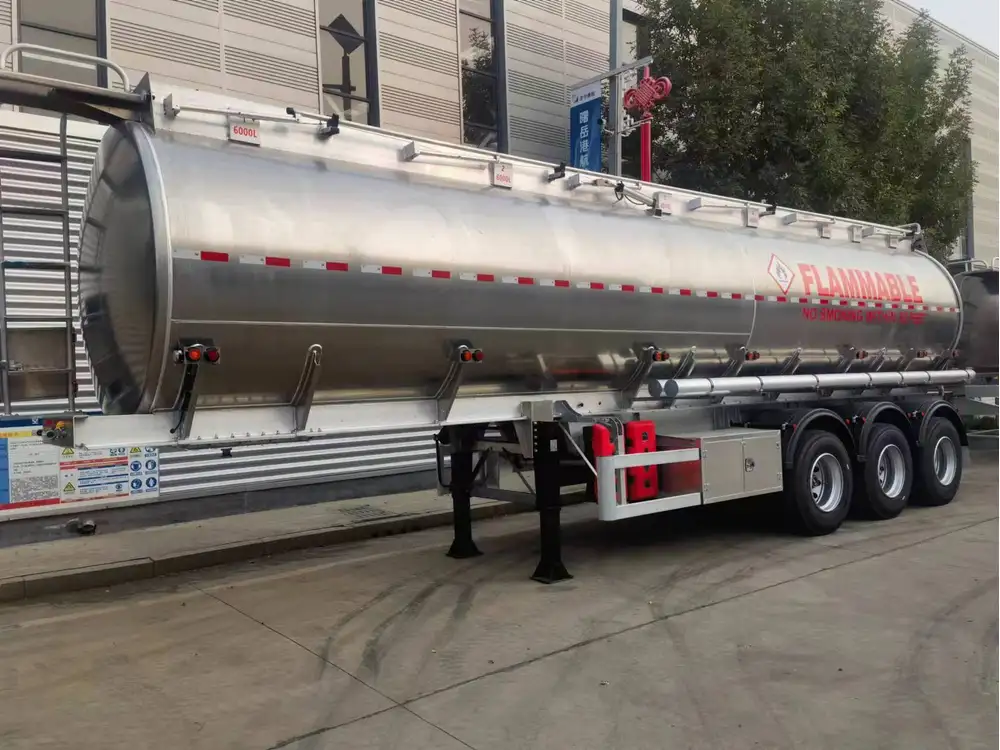
4. How does the cost of LNG and propane compare to traditional diesel fuel?
Both LNG and propane can be more cost-effective than diesel, depending on regional fuel prices and availability. Initial infrastructure investments for LNG may be higher, but operational costs can be reduced over time through fuel efficiency and lower maintenance requirements. Propane offers a lower upfront cost for switching from diesel, making it an attractive option for fleets seeking immediate cost savings.
5. What should fleet operators consider when transitioning to LNG or propane?
Fleet operators should assess their specific transportation needs, including route distances, fuel availability, and budget constraints. It’s also essential to consider the impact on maintenance practices, driver training, and regulatory compliance. Partnering with experienced manufacturers like CarMax Vehicle can facilitate a smooth transition by providing tailored solutions and ongoing support.
At CarMax Vehicle, we are committed to equipping your fleet with the most efficient and sustainable solutions. Whether you choose LNG or propane, our state-of-the-art semi-trailers are designed to meet the highest standards of performance and reliability, ensuring your logistics operations remain competitive in a rapidly changing market.



